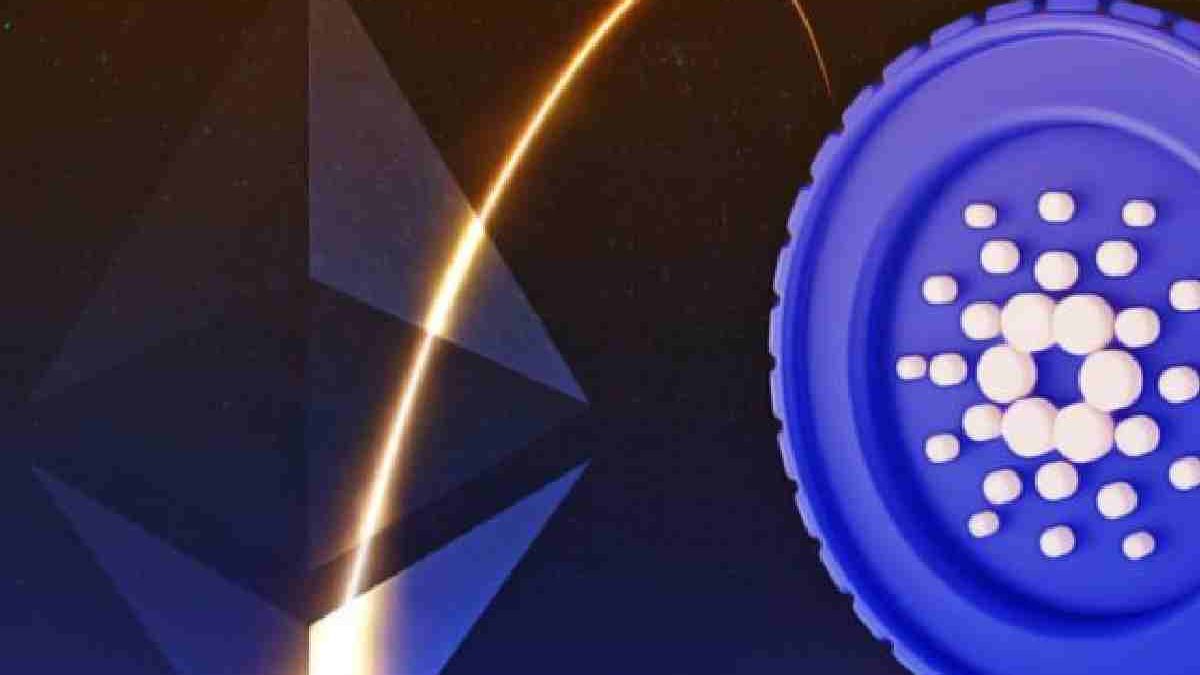In the rapidly evolving landscape of blockchain technology, scalability has emerged as one of the most significant challenges faced by decentralized applications (DApps) built on popular platforms like Ethereum. The limitations in terms of transaction throughput and network congestion have highlighted the need for scalable solutions that can accommodate the growing demands of the decentralized ecosystem. POA Network, Bitcoin Era which is an online Bit Trading platform, an Ethereum-compatible sidechain, has emerged as a promising solution to address these challenges, providing an efficient infrastructure for building scalable DApps.
Table of Contents
What is POA Network?
POA Network is a platform designed to address the scalability and transaction speed limitations of Ethereum by serving as a sidechain. By utilizing a consensus algorithm called Proof-of-Authority (PoA), POA Network enhances the scalability and processing capabilities while maintaining the security and decentralization provided by Ethereum.
The primary objective of POA Network is to offer a more flexible and interoperable blockchain solution. As a sidechain to Ethereum, it leverages the established Ethereum ecosystem, benefiting from its robust security measures and decentralized nature. This integration allows for seamless communication and transfer of assets between the main Ethereum network and the POA Network sidechain.
One key feature of POA Network is its use of the Proof-of-Authority consensus algorithm. Unlike Ethereum’s energy-intensive Proof-of-Work mechanism, PoA relies on a selected group of trusted validators, known as authorities, who validate transactions and secure the network. These authorities are identified and recognized by the network based on their reputation and expertise. This consensus mechanism enables faster block generation and transaction processing times, contributing to improved scalability and efficiency.
POA Network offers various benefits to its users. With faster transaction processing, it facilitates near-instantaneous transfers and improves the overall user experience. Additionally, the reduced energy consumption associated with PoA consensus makes it an environmentally friendly alternative to the energy-intensive PoW algorithm.
Furthermore, the interoperability of POA Network enables developers to create decentralized applications (dApps) and smart contracts that can interact seamlessly with both the POA Network sidechain and the Ethereum mainnet. This compatibility widens the range of potential use cases and encourages the development of innovative blockchain solutions.
Scalability and Performance:
With the PoA consensus algorithm, POA Network can achieve significantly higher transaction throughput compared to the Ethereum mainnet. This scalability enables developers to build and deploy DApps without worrying about network congestion or high gas fees, making it an attractive choice for projects with demanding requirements.
Interoperability with Ethereum:
One of the key advantages of POA Network is its compatibility with Ethereum. This means that developers can seamlessly port their existing Ethereum-based DApps to POA Network without extensive code modifications. This interoperability allows for easy migration of projects, enabling them to take advantage of POA Network’s scalability while maintaining compatibility with the broader Ethereum ecosystem.
Enhanced Security and Governance:
POA Network employs a Proof-of-Authority consensus algorithm, which is based on a set of trusted validators rather than miners. This approach ensures that the network remains secure and resistant to attacks, as validators are known entities with a reputation at stake. Additionally, POA Network implements a governance model that allows stakeholders to participate in the decision-making process, ensuring the network evolves in a decentralized and community-driven manner.
Use Cases and Adoption:
The scalability and compatibility of POA Network have attracted a growing number of projects across various industries. DApps built on POA Network can range from decentralized finance (DeFi) applications to supply chain management systems and beyond. The ability to process a high volume of transactions quickly and cost-effectively opens up opportunities for developers to explore new use cases and create innovative solutions.
Community and Ecosystem:
POA Network has fostered a vibrant and supportive community, comprising developers, validators, and enthusiasts passionate about blockchain technology. The community actively contributes to the growth and improvement of the network, collaborating on research, development, and education initiatives. This collaborative spirit has resulted in a robust ecosystem that continues to attract new participants, further strengthening the value proposition of POA Network.
Conclusion:
POA Network emerges as an Ethereum-compatible sidechain that tackles the scalability challenges faced by DApps built on Ethereum. With its enhanced transaction throughput, compatibility, and secure governance model, POA Network offers a compelling solution for developers seeking to build scalable and efficient decentralized applications. By leveraging the benefits of POA Network, developers can overcome the limitations of the Ethereum mainnet, ensuring a seamless user experience and unlocking new possibilities for the decentralized future.

